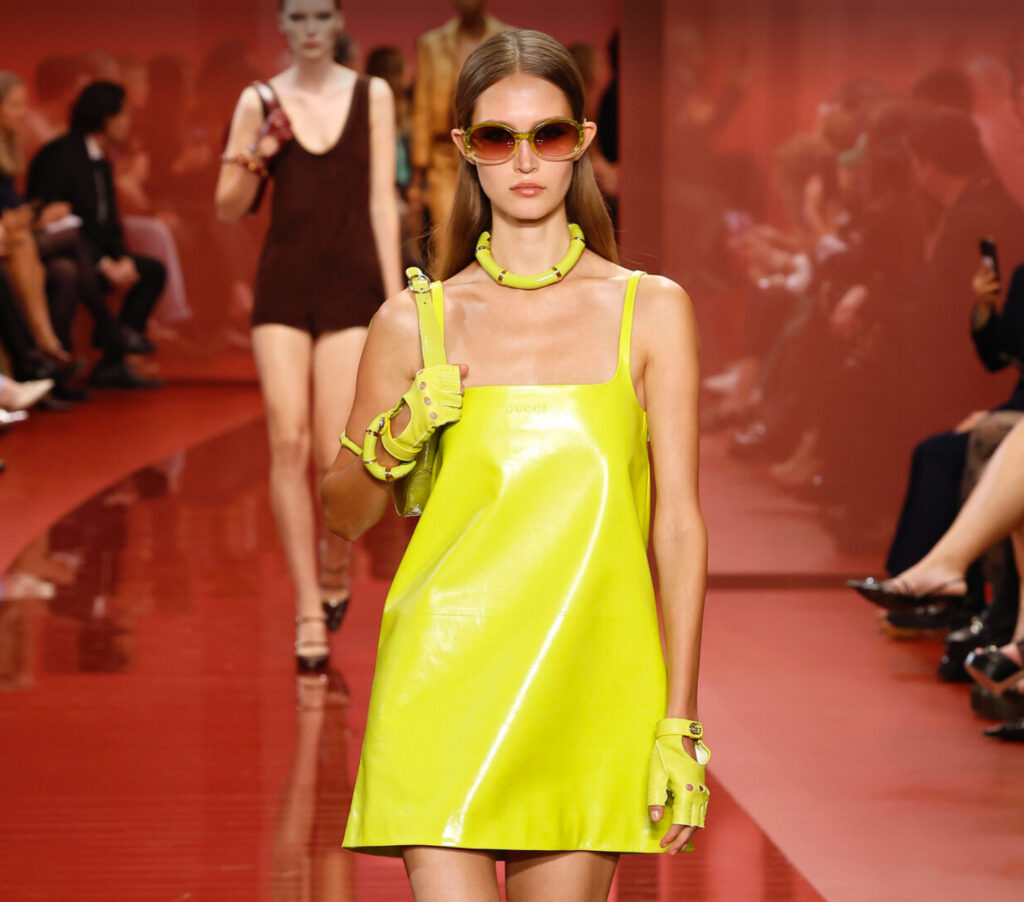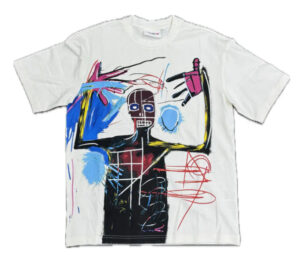
The role of a creative director at a luxury fashion house has never been more demanding. Tasked with shaping brand identity, driving sales, and maintaining cultural relevance, creative directors face immense pressure to deliver results quickly. However, as seen in the recent shake-ups across the industry—including Gucci’s announcement that Sabato De Sarno will depart after just two years—the question remains: how long should a brand give a creative director to prove their worth?
Despite Gucci’s commendation of De Sarno’s “loyalty and professionalism,” his tenure was cut short amid a 25% sales decline in the third quarter. The expectation that he would immediately revive the brand following Alessandro Michele’s game-changing leadership ultimately proved unrealistic. This case raises a critical debate: should luxury brands allow more time for creative directors to implement their vision, or is the industry’s fast-paced nature making patience a luxury in itself?
The Role of a Creative Director in Today’s Fashion Industry
Traditionally, the role of a creative director encompassed designing collections, setting the artistic vision, and ensuring brand continuity. However, the scope has expanded dramatically in the modern luxury industry. Today’s creative directors must:
• Balance creativity with commercial appeal – Collections must not only be artistically compelling but also drive revenue.
• Oversee brand identity across multiple platforms – From digital campaigns to collaborations and experiential retail, consistency is key.
• Engage with cultural and social movements – Modern consumers demand relevance and purpose from brands.
• Manage the speed of fashion cycles – With luxury fashion increasingly embracing seasonal drops, capsule collections, and direct-to-consumer models, long-term brand strategies must evolve rapidly.
Given these demands, evaluating a creative director’s impact in a short timeframe can be challenging. While some may deliver immediate commercial success, others require a longer runway to establish their vision and influence.
Historical Perspectives: How Long Does Success Take?
Looking back at the industry’s most transformative creative directors provides insight into how long it takes to turn a brand around:
• Alessandro Michele at Gucci (2015–2022) – Michele revitalized Gucci with his eclectic maximalist aesthetic, driving explosive sales growth. However, his impact was immediate, with his debut collection in 2015 quickly gaining traction. His longevity at the brand—seven years—allowed for a sustained creative evolution.
• Hedi Slimane at Saint Laurent (2012–2016) – Slimane’s controversial rebranding (dropping “Yves” from the name, modernizing silhouettes) initially sparked backlash, but sales surged, proving his vision. His impact, however, took a couple of seasons to solidify.
• Phoebe Philo at Céline (2008–2018) – Philo’s minimalist, sophisticated approach didn’t immediately translate to blockbuster sales, but over time, she built an enduring legacy.
• Demna at Balenciaga (2015–Present) – His conceptual, streetwear-influenced aesthetic took time to fully integrate into the luxury landscape, but his influence became undeniable.
These cases illustrate that while some creative directors have seen overnight success, others have required multiple seasons to establish a new identity.
The Risks of Short-Termism in Luxury Fashion
The increasing impatience of luxury brands can be detrimental to long-term growth. Frequent turnover of creative leadership brings several risks:
Disrupting Brand Identity
When a brand changes direction too frequently, it risks losing coherence. Each creative director brings their own aesthetic, marketing approach, and product focus. Repeated shifts can confuse consumers and dilute brand equity.
Inconsistent Consumer Engagement
Loyal customers invest in a brand’s vision over time. Frequent creative shifts make it difficult to build lasting customer relationships. Without stability, consumer trust may erode.
Supply Chain and Production Challenges
Luxury brands operate on intricate production cycles. When leadership changes, the supply chain, materials sourcing, and collaborations may be affected, causing delays and inefficiencies.
Hindering Innovation and Risk-Taking
Creative directors need time to experiment and refine their ideas. If brands expect instant commercial success, designers may resort to safer, more market-friendly collections rather than pushing boundaries.
How Should Brands Assess a Creative Director’s Success?
Given the evolving role of creative leadership, industry experts suggest a more balanced approach to evaluation. While financial performance is crucial, other factors should be considered:
Vision and Brand Alignment
• Does the creative director’s vision resonate with the brand’s DNA?
• Are they successfully modernizing the brand while maintaining its heritage?
• How well do their collections reflect cultural and consumer trends?
Consumer and Critical Reception
• Are key fashion critics, influencers, and media outlets responding positively?
• Is there organic consumer enthusiasm on social media and at retail stores?
• How well does the brand engage younger demographics?
Retail and E-Commerce Performance
• Are new designs driving foot traffic to flagship stores?
• Is there increased demand for new collections in both physical and digital spaces?
• How well are accessories and entry-price products performing?
Long-Term Strategic Growth
• Is the creative director successfully positioning the brand for future relevance?
• Are collaborations and partnerships driving long-term cultural impact?
• Are they balancing artistic integrity with commercial scalability?
Rather than expecting immediate sales rebounds, brands should evaluate creative directors on these multi-dimensional criteria.
Industry Perspectives: How Long Is Enough?
The Case for Longer Tenures (5+ Years)
Many experts argue that five years is an ideal minimum tenure for a creative director. This allows them to establish their vision, build a strong customer base, and execute long-term strategies.
Case in Point: Maria Grazia Chiuri at Dior. Since 2016, she has steadily evolved Dior’s identity, blending feminism with classic couture. While her collections have faced criticism, her consistent storytelling and commercial success validate the brand’s patience.
The Case for Quick Turnarounds (2–3 Years)
Some brands operate on shorter cycles, believing that immediate results are necessary. If sales drop significantly or collections fail to generate cultural relevance, swift changes may be required.
Case in Point: Daniel Lee at Bottega Veneta. In just three years, he transformed Bottega into one of the most coveted luxury brands with a distinct aesthetic and highly profitable collections.
The Middle Ground (3–5 Years)
Many industry professionals argue that a three-to-five-year window is a reasonable timeframe to assess impact. This allows for multiple collections, adjustments in creative strategy, and market adaptation.
The Future of Creative Leadership in Luxury
As fashion continues to evolve, brands must rethink how they approach creative leadership. Future strategies may include:
• Co-Creation Models: Brands collaborating with multiple designers on different product lines.
• Greater Integration of AI and Data: Using analytics to better predict consumer response and support creative directors.
• Brand-Designer Symbiosis: A shift toward partnerships where designers have more freedom without excessive commercial pressure.
Ultimately, the success of a creative director depends on a combination of vision, strategy, and patience from the brand. While rapid success stories exist, true innovation often takes time. The challenge for brands moving forward is to strike the right balance between commercial urgency and the long-term creative legacy that defines luxury fashion.
Final Thoughts
The fashion industry’s tendency toward impatience can be counterproductive. While some creative directors prove their impact quickly, others need time to cultivate a brand’s new direction. A rigid two-year timeline, as seen in the case of Sabato De Sarno at Gucci, may not allow for meaningful transformation.
Instead of expecting instant success, luxury brands should consider:
• A 3–5 year evaluation window that allows for multiple collections and strategic adjustments.
• A holistic approach to measuring success, beyond just quarterly sales.
• A commitment to nurturing talent, ensuring creative directors have the resources to thrive.
As the industry moves forward, patience and strategic vision will be key in determining the next wave of transformative creative leaders.
No comments yet.








